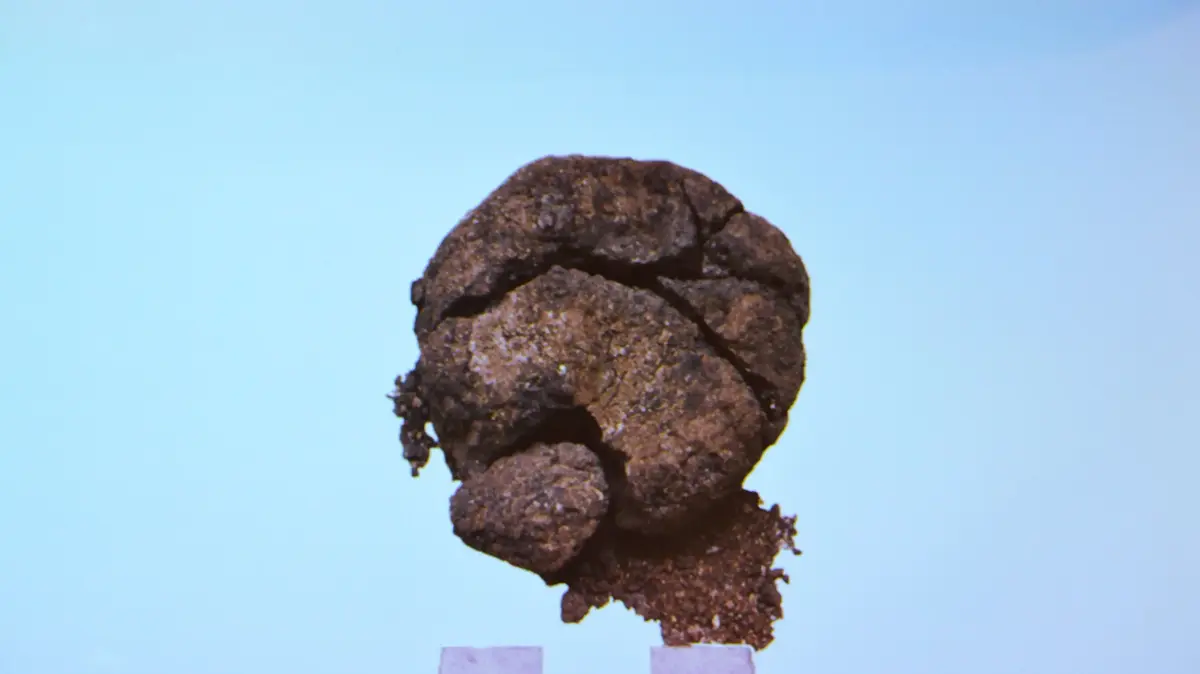Tourism
news
A rare discovery thousands of years old was found in the belly of a huge alligator
Two strange-looking stones found inside a giant alligator's stomach were discovered as remains from about 6,000 years ago and probably belonged to Native Americans - and of course the discovery led to a flood of rumors about "who the alligator ate"
Tags
alligator
Indians
Archeology
Not to be missed
Monday, 13 September 2021, 23:27
Share on Facebook
Share on WhatsApp
Share on general
Share on general
Share on Twitter
Share on Email
0 comments
Documentation: Entered the crocodile cage - and saved the attacked trainer ...
A crocodile leaps on a cheetah
A giant alligator surprised hikers in a Florida reservation as he walked ...
The Mitzpeh Makhtesh (small) night camp
Encounter with a shark in the depths of the sea
A bicycle trip in the Valley of the Springs
Sofia Hotel Tiberias
The Blue Pearl Promenade in Jisr a-Zarqa
Walks to the airport with a bikini and mask
Ga'aton Quarry
Sunset over Acre
A rare spectacle from the beaches of Haifa: sharks chasing ...
Skimmer Food Alligator (@devhlanger)
In the video - A alligator rises in smoke after being bitten by a glider who thought he
was a hunter-gatherer. In the United States, decided to peek into the belly of the dead alligator after hearing reports that other processors had found interesting objects inside the bodies of crocodiles and after an examination in the alligator's stomach brought to him by the hunter John Hamilton found Smith, among pieces of fish, feathers, stones and juices Stomach burning the body - an unprecedented discovery.
After careful examination, he found two strange-looking stones there - which turned out to be an arrowhead and a dumbbell.
At first he was sure that the alligator simply ate an arrow fired at him - but a local geologist researched the objects and found them to be about 5,000-6,000 years old.
More on Walla!
Watch the chilling moment when a huge alligator chases a fisherman - and drops him to the ground
To the full article
This is the alligator
And that's what they found in his stomach
More in "Do Not Miss"
This archaeologist thought he had discovered a 4,500-year-old discovery - but he made a big leak
First discovery in the world of a pregnant mummy: "We identified a tiny foot in the abdomen"
Did you have a BMX bike?
You probably grew up well - and your children deserve it too
Of course, with the publication of the discovery, the network was filled with rumors and theories about "who the alligator ate" and even claims that he himself is thousands of years old, but according to experts, the alligator simply swallowed the objects while looking for food at the bottom or swallowing stones.
Historians have explained to AL that the use of arrows and weights for fishing characterized the Native American Indians who lived in the area in the distant past, but the two objects in the alligator's stomach appear to come from different parts of the Archaic period in North America (about 10,000 to 3,000 years ago).
"We were just shocked by what we found," Smith told local media.
Share on Facebook
Share on WhatsApp
Share on general
Share on general
Share on Twitter
Share on Email
0 comments










/cloudfront-eu-central-1.images.arcpublishing.com/prisa/Z45E6KV7VJGUXAKJWH7VA4NJSE.jpg)




